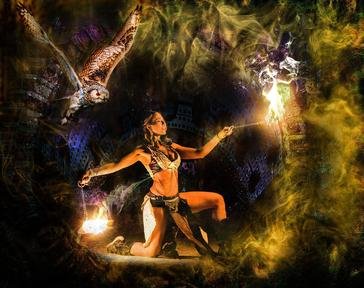
A Trivial History of Dance of the Renaissance Era Quiz
This quiz is mainly about Renaissance Era dance. This period focuses on the fifteenth and sixteenth centuries. See how many questions you can answer.
This is a renovated/adopted version of an old quiz by author Aurania
A multiple-choice quiz
by workisboring.
Estimated time: 2 mins.
- Home
- »
- Quizzes
- »
- Humanities Trivia
- »
- Performing Arts
- »
- Dance